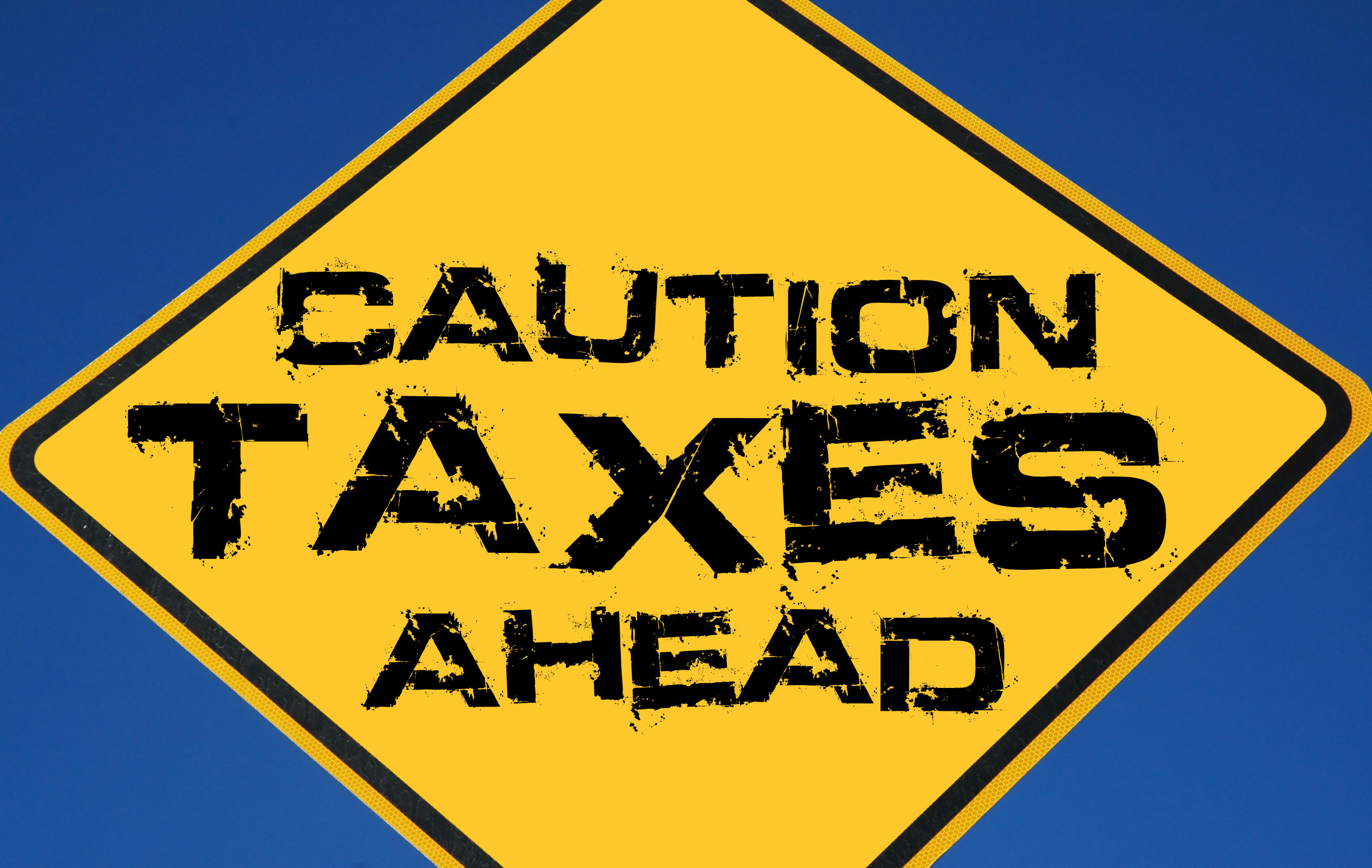Household Bills
Workers could lose out by not knowing tax thresholds

The majority of UK full-time workers do not know what the higher rate tax threshold is, with 56% getting it flat out wrong.
A report by Standard Life also found that almost two in five thought the threshold was higher than it actually is, while fewer than one in three people knew the higher rate tax threshold is going to be £41,450 for 2013.
It is estimated that 4.2 million people currently pay higher rate tax. From 6 April 2013 the threshold is dropping from £42,476 to £41,450 and so even more people will start paying 40% tax on their income above the threshold unless they take action.
Julie Russell from Standard Life, said: “Our research suggests people aren’t paying close attention to tax thresholds, which means they could easily move into the higher rate tax bracket without realising. With efficient tax planning it’s possible to avoid this, so knowing the threshold is important.
“Paying into a personal or employer’s pension scheme is the simplest way to minimise your income tax burden and it has the added bonus of bumping up your retirement savings and reaping the tax benefits of investing in a pension scheme at the same time.”
There are a number of ways people can plan efficiently to ensure they remain in the lower tax bracket and make the most of their money through tax efficient savings.
Top tax tips that can help you save on higher rate tax
1. Pay into a pension scheme: Payments to your employer’s pension scheme (including additional voluntary contributions) come straight out of your gross pay before tax is charged. So by making payments you can bring your taxable income down into a lower tax bracket.
Remember, with pension plans, the government contributes whenever you do, by rebating the income tax on your pension payments.
So if you are a basic rate tax payer, in most cases for every £4 you pay in a pension, the Government adds another £1.
And if you’re in a workplace scheme, your employer is likely to be topping up your payments too. So think about increasing your regular pension payments as and when you can.
2. Use your bonus: Sacrificing your bonus so your employer can pay what you sacrifice into your workplace pension plan on your behalf before the tax year end can prove beneficial in a number of ways.
First, your taxable income will be reduced, so you could potentially move back down into a different tax bracket or avoid the child benefit tax charge.
And unlike a bonus, there are no employer or employee national insurance payments to be made on a pension payment, so these can be used by your employer to supercharge pension funding, giving you more in your pension pot for every £1 switched from your take-home pay.
3. Childcare schemes and tax credits: If you pay for childcare and are in employment, your company may have a childcare scheme. Salary sacrifice childcare schemes can offer significant savings for both employees and employers.
4. For even higher earners: The highest rate of income tax drops from 50% to 45% from April. So you can gain an extra 5% relief by making a pension payment in this tax year, rather than next year.
And taking advantage of the other pension payment rules and options to carry some allowances forward, you have the scope to pay up to £250,000 tax efficiently into a pension this tax year. Speak to a tax expert or financial adviser if this could apply to you.
5. Personal pensions and higher rate tax payers: If you are a higher rate tax payer and saving into a personal pension, then you will automatically receive basic rate tax relief, so remember to contact your tax office to claim back the higher rate tax relief you will be entitled to. If you are paying into a workplace pension, then this may be done automatically through your payroll.
6. Savings and investments: Whether you are a basic rate tax payer or a higher rate tax payer, you are not taxed on any savings or investments you hold in an ISA, so think about using as much of your £11,280 ISA allowance before the end of this tax year as you can.
You can invest up to half of this in a Cash ISA which you can earmark for more immediate concerns. Then you may want to consider investing the rest in a Stocks and Shares ISA so you have the potential of greater tax efficient growth over the longer term.
Always remember that the value of an investment can fall as well as rise, and may be worth less than you invested. And that pensions are a long term commitment.
Laws and tax rules may change in the future and the information here is based on our understanding in March 2013. Personal circumstances also have an impact on tax treatment.